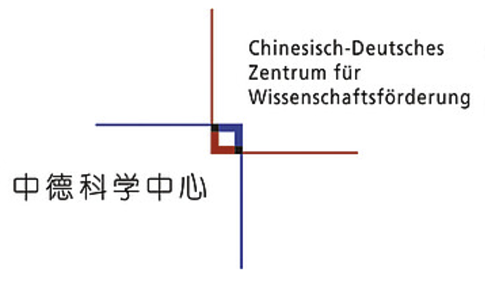Deep Energy Methods for solving PDEs
Back
Timon Rabczuk
Institute of Structural Mechanics
Bauhaus Universität Weimar
This talk focuses on Deep Energy Methods for the solution of PDEs. Partial Differential Equations (PDEs) are fundamental to model different phenomena in science and engineering mathematically. Solving them is a crucial step towards a precise knowledge of the behavior of natural and engineered systems. In order to solve PDEs that represent real systems to an acceptable degree, analytical methods are usually not enough. One has to resort to discretization methods. For engineering problems, probably the best-known option is the finite element method (FEM). However, powerful alternatives such as mesh-free methods and Isogeometric Analysis (IGA) are also available. The fundamental idea is to approximate the solution of the PDE by means of functions specifically built to have some desirable properties.
We explore Deep Neural Networks (DNNs) as an option for approximation. They have shown impressive results in areas such as visual recognition. DNNs are regarded here as function approximation machines. There is great flexibility to define their structure and important advances in the architecture and the efficiency of the algorithms to implement them make DNNs a very interesting alternative to approximate the solution of a PDE. While many formulations are based on Physics Informed Neural Network (PINNs) which are based on the strong form, we minimize the potential energy (or complementary) energy, which is very suitable for many problems in solid mechanics as they lead automatically to a thermodynamic and variational consistent formulation.












